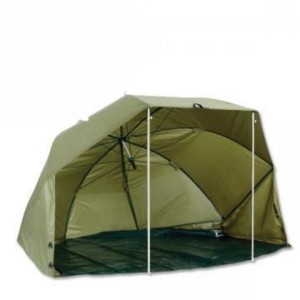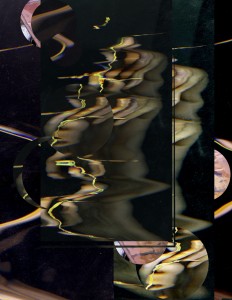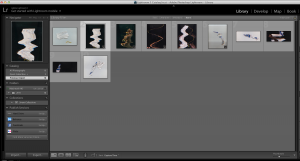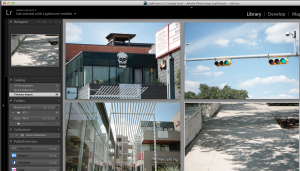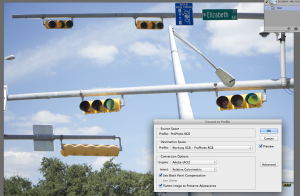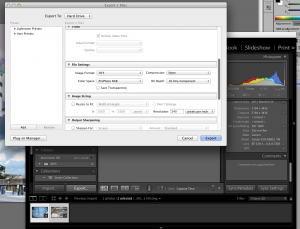Instances in life often seem random, out of focus, and confusing. However, all of these small, seemingly unrelated parts work to develop into everyday life, a phenomenon that Martin Lam Nguyen is fully aware of, and takes advantage of in his work. Originally from Vietnam, immigrated in 1979, Nguyen paints incredibly detailed and tiny portraits of numerous people, and connects them all via lines that run through the portraits. In this particular work, all of the portraits are lined up on one wall, half depicting a huge number of different faces, and the other depicting one little girl 365 different times. The half with the little girl are all done in graphite, with no color, and are done with incredible detail to shading and lighting. The other half, with completely random and different faces, are done with different mediums; many are done in light watercolor, and vary from many different ages and genders. However, a few are done in black and white, and stand out among all of the other colors. All of these faces include hair, but not the rest of the body. There is a lot of negative space between all of the portraits, but that seems to make all of the faces pop just a little bit more, and gives them a distinct feeling, despite all being up on the wall together.
The thing that catches the eye the most, I think, is the amount of portraits that are actually up on the wall. The repetition of the faces, all within precise and equal lines, creates both a pattern with the faces of the different people, and of the faces of the little girl from the whole year of her life. Obviously the pictures of the little girl are sequenced according to specific days, but the portraits of all of the random people aren’t sequenced at all it seems. The various, and few, black and white faces that are a part of the second sculpture don’t seem to have any rhythm or pattern either, which probably contributes to the whole idea of life’s random and seemingly unconnected moments.
I think that Nguyen is trying to convey the idea that all of the moments in life are connected, if only by a single thing: the fact that one person is experiencing these moments in their lifetime. In particular, the portraits of all of these random people seemingly have no relation to each other, and are spread amongst each other randomly. However, they are all connected by the lines along the wall, and by the fact that Nguyen at some point took their picture and recreated their portrait for his sculpture. Perhaps some of them met during the duration of his project, and found that they connected in more ways than that. I personally get this feeling of nostalgia from both pieces. I think about how all of the people in these portraits will have changed in some way by now, and how these portraits only capture one moment within their small universe that they’ll never get back. Maybe they don’t want to get it back. Who knows? I think Nguyen might feel that same nostalgia, because he left his homeland so early in his lifetime. He’ll never get back to that same Vietnam, but perhaps in the portraits, he has found a way that he can capture that one moment in time. It personally reminds me of this part in one of my favorite books. One of the characters is an artist who believes that she should never try to paint or draw the people who are the closest to her, because she believes that it wouldn’t capture them perfectly. She was aware of the fact that the picture can only capture so much and that people constantly change, and she didn’t want to figuratively imprison the people she loved by the portrayal in a painting. Nguyen just has the opposite philosophy. I also think that the black and white portraits are important, since they were taken from the very last photographs of that now deceased person. It makes people think about how these dead people are connected to us, even when we can’t talk to them. We’re all related via the technology that took the pictures of these people.
I think that the whole piece is very effective in showing the connected fragments that make up all of our lives. I also think that Nguyen succeeds in making the viewer think about how they’re connected to all of the portraits, even if they may never speak with each other. It’s certainly unique in its setup, although I have seen plenty of skilled portraiters out in the world. I certainly don’t think I could have drawn these portraits as skillfully as Nguyen. I think I’ve learned a little more about how Nguyen tries to relate to his viewers, and it’s something that I’ll try to think about when reviewing my own artwork.


